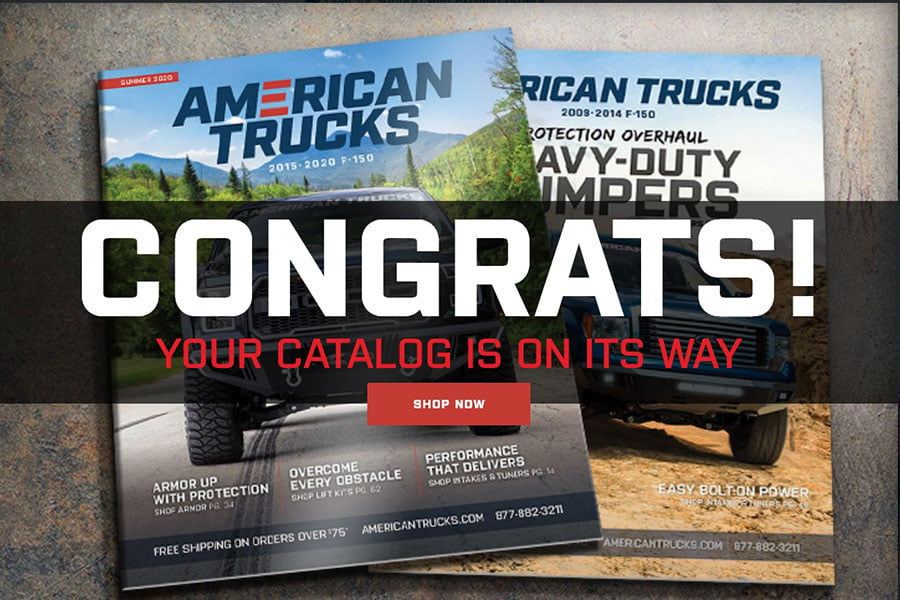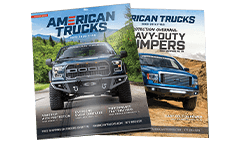
How to Install a ReadyLIFT Off Road Steering Kit on your Ford F-150
Installation Instructions (OFF-Road Series 38-XXXX Steering kits)
Securely lift front of vehicle and support frame
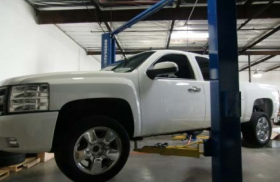
Remove wheels/tires
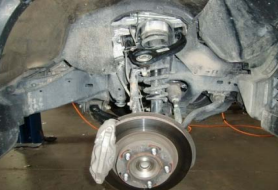
Photo shows inner/outer tie rod assembly
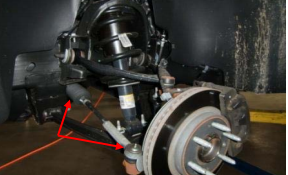
Cut remove metal clamp from steering rack
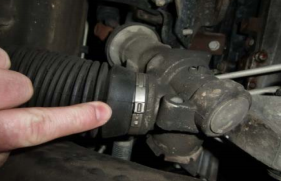
Remove spring clip on inner tie rod
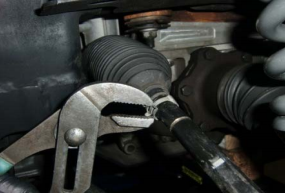
Slide boot off steering rack to expose inner tie rod socket

Remove outer tie rod nut at spindle
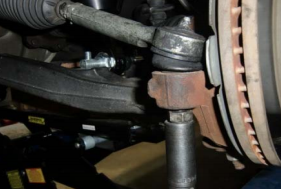
Strike with hammer to disconnect joint from spindle

Loosen inner tie rod socket at the steering rack.
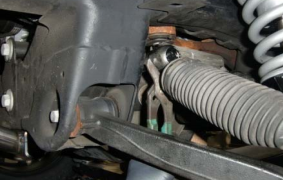
Remove entire inner/outer tie rod assembly.
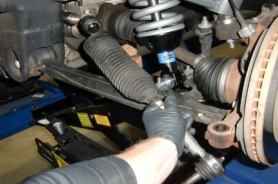
Note: Vehicles requiring rack adapters, use thread locker
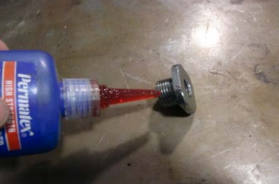
Clean rack threads and install & torque steering rack adapter.
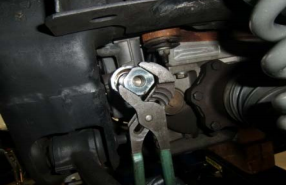
Note: Use thread locking compound on clevis mounting bolt
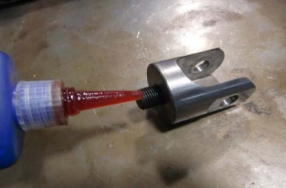
Tighten to spec with clevis positioned as shown, (vertical)
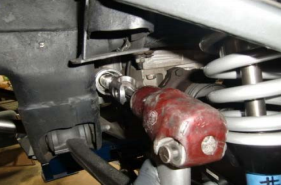
Picture of assembled steering assembly
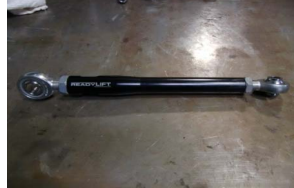
Insert reducer sleeve into sm. heim end and insert into clevis
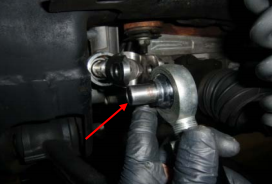
Attach and tighten with provided hardware.
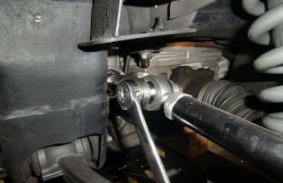
Install and torque tapered steering pin in spindle

Insert misalignment spacers into lg. heim

Slide lg. heim w/spacers onto steering pin and toque
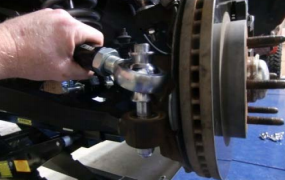
Adjust steering tubes and tighten jam nuts inner & outer
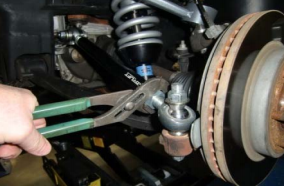
Reinstall wheels/tires and check clearance at wheel
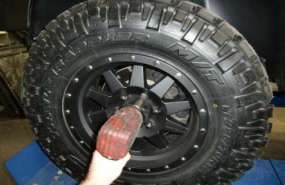
Check all work performed, test drive and align vehicle
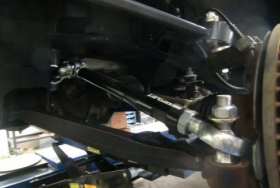
Notes and Maintenance:
Check for misalignment spacer bind. If the heim
body makes contact with the clevis or misalign
spacers, limit straps MUST be installed.
DO NOT LUBE Heim joints, keep clean and dry.
A light layer of WD-40 is acceptable in wet
weather conditions.
Steering rack boots recommended.
Final Checks & Adjustments
Post Installation Warnings: Once the vehicle is lowered to the ground, check all parts which have rubber or urethane components to insure proper torque. Torque wheels to factory specs. Move vehicle backwards and forwards a
short distance to allow suspension components to adjust. Turn the front wheels completely left then right and verify adequate tire, wheel, brake line, and ABS wire clearance. Test and inspect steering, brake and suspension components
for tightness and proper operation. Inspect brakes hoses and ABS lines for adequate slack at full extension. Failure to perform the post inspection checks may result in vehicle component damage and/or personal injury or death to driver
and/or passengers. Test drive vehicle and re-check the torque of all fasteners and re-torque wheels on vehicle. Readjust headlamps.
Vehicle Handling Warning: Vehicles with larger tires and wheels will handle differently than stock vehicles. Take time to familiarize yourself with the handling of your vehicle.
Wheel Alignment/Headlamp Adjustment:
It is necessary to have a proper and professional wheel alignment performed by a certified alignment technician. Align the vehicle to factory specifications. It is recommended that your vehicle alignment be checked after any off-road driving. In addition to your vehicle alignment, for your safety and others, it is necessary to check and adjust your vehicle headlamps for proper aim and alignment
Vehicle Re-Torque and Safety Inspection:
Upon completion of all services and adjustments performed on your vehicle, and within 50 miles of driving, check to ensure all fasteners and hardware are properly torqued to specification as noted in the vehicles factory service manual or
the torque chart included.
